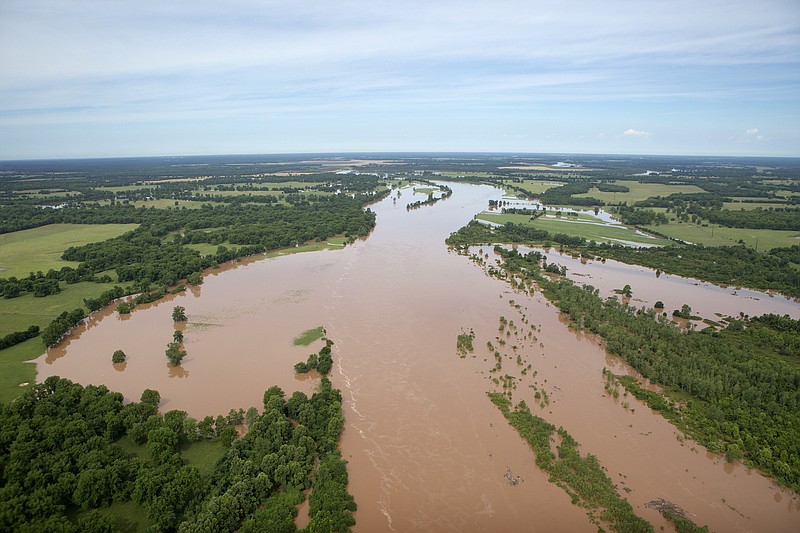In 2015, the Shreveport, La., National Weather Service had history-making forecasts.
"It was an historic and record-breaking year. From an historic perspective, the Red River crested more than six times. Cresting twice was unusual, and it never before had crested this many times in a 12-month period," said Mario D. Valverde, meteorologist-in-charge with the National Weather Service in Shreveport.
"We (weather service) have more accurate forecasts due to the people working at the weather service and their experience. The computers are getting better all the time. The forecasts make people listen," said Valverde, who was part of the program during the Red River Valley Association conference Wednesday at the Texarkana Convention Center in Texarkana, Texas.
The conference discussed water resources from flood control, water supply to bank stabilization.
The Red River reached flood stages at DeKalb, Texas, and Shreveport six times, he said.
Despite the improvement of forecast technology, the "equal chance" still applies.
"I think it's funny, but we have the equal-chance forecast," he said. "When forecasting precipitation, the forecast has an equal chance the rain will be above normal, an equal chance to be normal and an equal chance to be below normal."
In addition to the floods, the region had a "flash drought," he said.
"We went more than 40 days without rain in late summer and early fall, and it was called a flash drought," Valverde said.
"It's exciting to think about it now, but then when we were making the forecasts, we thought, 'Oh my gosh, what is next?'" he said.
A contributing factor to the floods was the 15-inch rain created by Tropical Storm Bill.
"Tropical Storm Bill produced rain and didn't have wind," he said.
Hurricane season started Wednesday.
"All it takes is one storm in the right place at the right time, and it can create damage. We're just a couple of hundred miles from the Gulf Coast and could get winds as high as 75 miles in this area," Valverde said. With wet soil and 75 mph winds, trees will fall, he said.
National Oceanic and Atmospheric Administration predicts a 70 percent likelihood of 10 to 16 named hurricanes (winds of 39 mph or higher). NOAA also predicts four to eight could become hurricanes (winds of 74 mph or higher), including one to four major hurricanes (Category 3, 4 or 5; winds of 111 mph or higher).
While a near-normal season is most likely with a 45 percent chance, there is also a 30 percent chance of an above-normal season and a 25 percent chance of a below-normal season.

